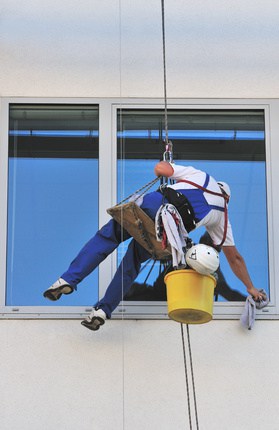Want three ways to cut Workers’ Compensation premiums? Safety, safety and safety. Make it a priority and charge everyone who works for you with responsibility. One company, which made a top-down commitment to safety, reduced accidents and injuries by 50 percent in five years and saved more than $800,000 in Workers’ Comp premiums.
Motivating people to work carefully takes more than sending them to an occasional class. It takes a systematic approach to ensure that employees develop habits of working safely and have the top-of-mind awareness so they are alert and responsive to hazards.
Here are some basics of a good safety program to consider:
•Establish a safety committee. The first step is to set up a group of supervisors and employees. Their job is to identify hazardous issues and create a plan of action. The committee should meet monthly, and one of its principal tasks should be to review accidents or near misses. They must look at what caused the incidents and determine if they were isolated or represent situations that need correcting.
The safety committee should also be responsible for doing job hazard analysis for each project phase. Then, employees should be put on a training schedule, or, at the very least, given briefings to make sure they understand the hazards and know how to comply with safety requirements.
•Make project managers responsible for safety on the site. This means providing orientation for anyone new to the site, making sure that employees have the proper training before they operate cranes and forklifts, holding five-to-10-minute stand-up safety meetings at the beginning of a shift, and conducting daily safety audits. Demonstrate commitment to safety by providing high quality protective gear, such as safety glasses and harnesses, that exceeds regulatory standards.
•Encourage people to point out unsafe conditions or behavior. When they report something, act immediately to correct the situation. If you delay taking action, you communicate that you’re not really serious about safety (and you could be putting someone at risk).
•Do drug and alcohol testing. Anyone who works on your site should be tested for drug and alcohol abuse and be subject to random screening. After injuries or near misses, testing should be done, if possible.
•Set up an incentive program. Safety incentive programs work. Reward people as a group for consecutive days without a recordable incident. Once each quarter, have a cookout and prize drawing if there were no incidents. Draw a number of names, perhaps 10 to 20 percent of the crew. Having multiple winners of small prizes, say worth $25, is more motivational than having one big winner. If there are no recordable incidents in the next quarter, boost the reward value.



